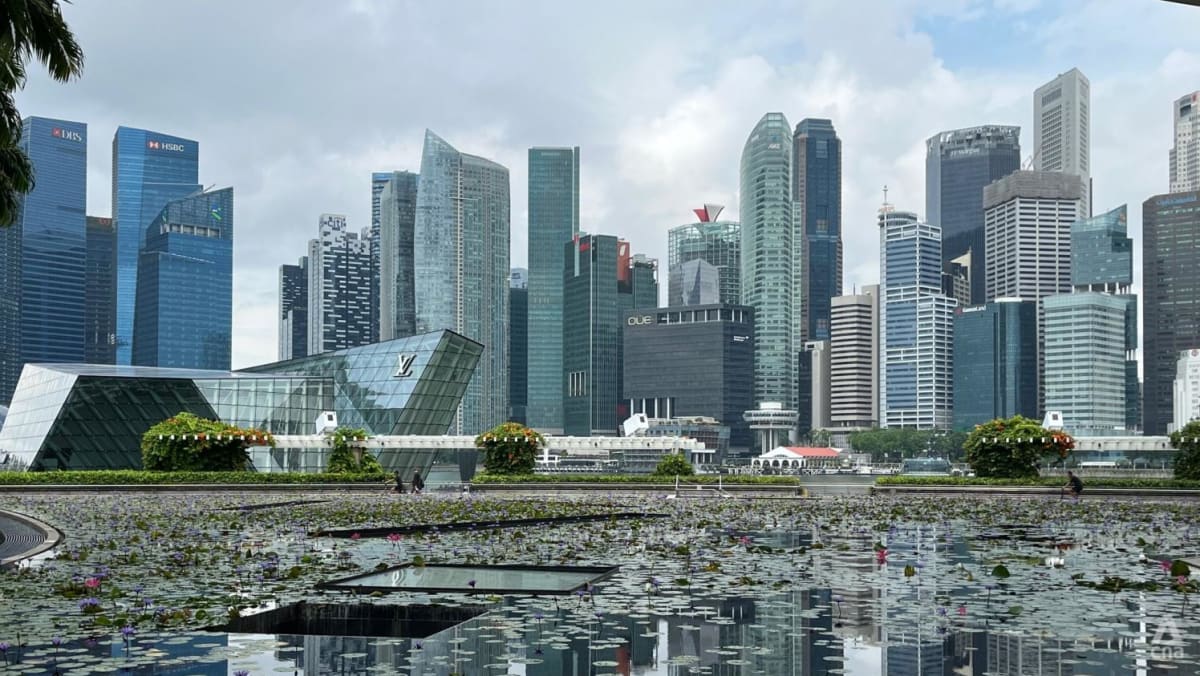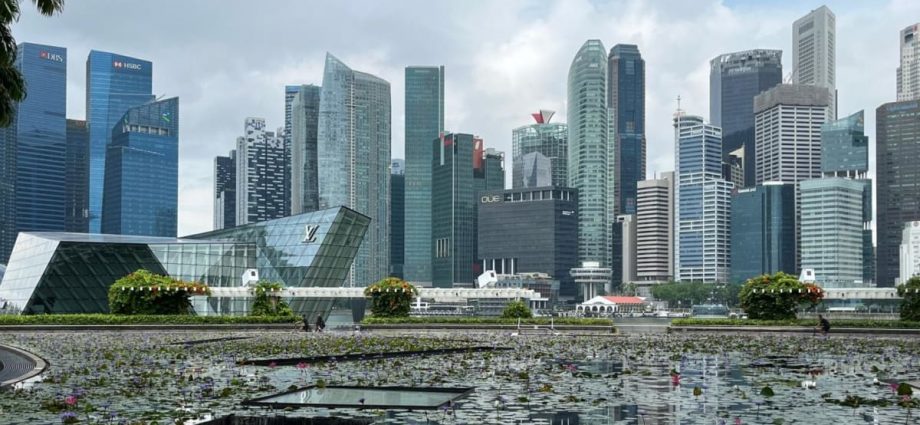
SOFTER LABOUR DEMAND, WAGE GROWTH
The moderation in global growth and tightening financial conditions will have “some impact” on labour demand, primarily in the external-oriented manufacturing and modern services sectors, MAS said.
“Notably, the slowdown in global manufacturing demand could act as a drag on the domestic sector’s workforce expansion, given the spillovers through worldwide supply chains, particularly in electronics production. Labour demand in external-oriented modern services could also ease,” it added.
But given the “significant wage flexibility” as well as underlying shortages for skilled workers, labour market adjustments in the external-oriented sectors “should largely take place via a downshift in job vacancies and wage growth, rather than by means of large-scale job losses”.
“Overall, given the starting point of a very tight labour market, there could be some scope for labour demand to weaken and job vacancies to fall without a significant rise in resident unemployment,” said MAS.
Firms will continue to hire non-residents to fill manpower gaps, particularly in sectors such as construction, marine shipyard and process. Together with moderating labour demand, excess labour market tightness should be further alleviated in the first half of next year.
Accordingly, wage growth is expected to moderate in 2023, but “remain slightly above pre-COVID rates”, it said.
“While labour supply constraints are projected to ease in the second half of 2022, they should continue contributing to above-average wage growth, as the effects of a tight labour market on nominal resident wage growth take about three quarters to be fully transmitted,” the report said.
Meanwhile, other factors, such as the progressive wage model for low-wage workers, will add “short-term boosts” to wage growth.
INFLATION TO REMAIN HIGH
Turning to inflation, MAS reiterated its forecasts for core inflation, which excludes accommodation and private transport costs, to average around 4 per cent this year. Overall headline inflation should come in at around 6 per cent.
This is due to imported inflation likely remaining “significant” across a range of goods and services, while a tight labour market will continue to support firm wage increases.
Also, amid conducive demand conditions, businesses are expected to raise prices further to pass on the imported and domestic costs that have accumulated within production chains in Singapore and abroad.
Latest data showed Singapore’s core inflation rising further to 5.3 per cent in September, driven mainly by larger increases in the prices of food, services and retail and other goods. This is higher than the 5.1 per cent in August.
Headline consumer price index, or overall inflation, was 7.5 per cent year-on-year in September, unchanged from August.
Core inflation is expected to remain elevated in the first half of next year, before “moderating more discernibly” in the second half as cost pressures ease and demand conditions soften, MAS said.
For 2023, taking into account all factors including a hike in the Goods and Services Tax (GST), core and headline inflation are projected to average between 3.5 and 4.5 per cent, and 5.5 to 6.5 per cent respectively.
Excluding the effects of the GST increase, core inflation will come in at 2.5 to 3.5 per cent, while headline inflation is set to average at 4.5 to 5.5 per cent.
MAS reiterated that the cumulative effects of its five monetary policy tightening moves since October last year will help “ensure medium-term price stability as a basis for sustainable growth in the economy”.

